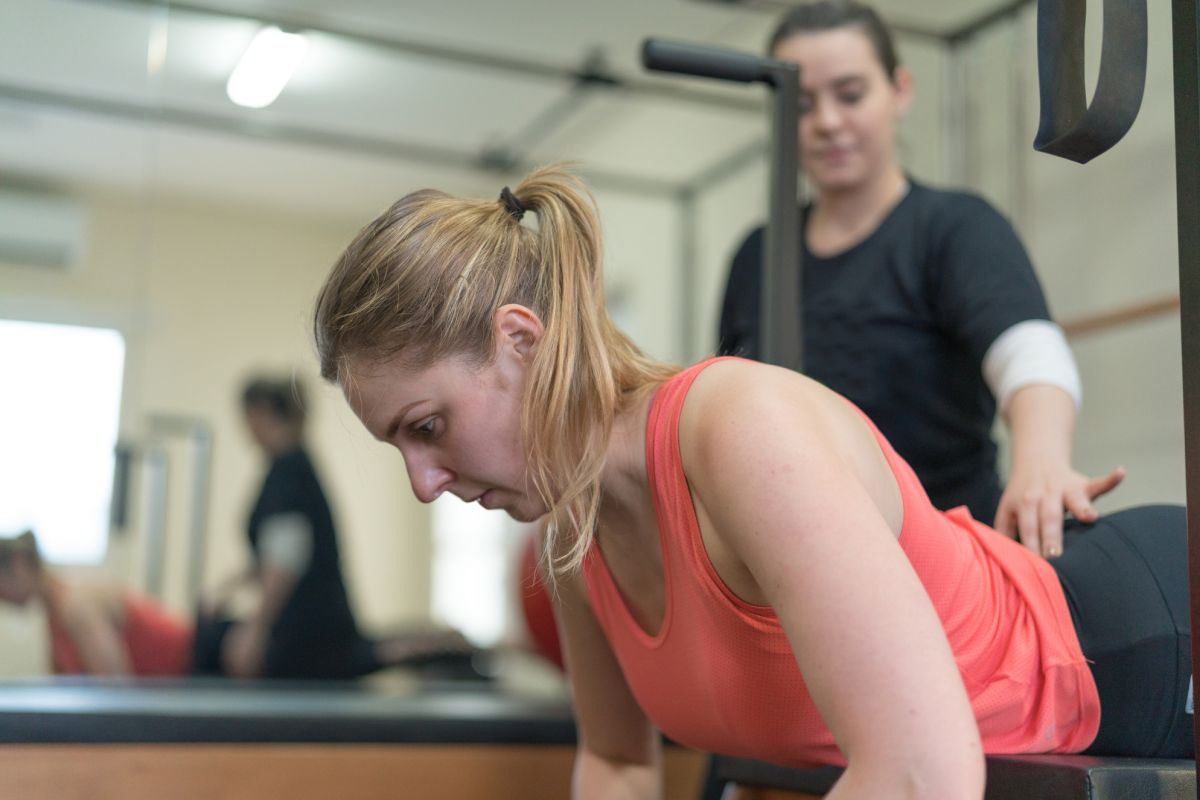
Cervicogenic headaches and physiotherapy intervention
Most of us will experience a splitting headache at some point in our lives. Whether the headache is caused by a chronic migraine disorder, stress, poor posture or a late night out, it can be a debilitating problem, which is why headaches are a major cause of disability worldwide.
There are many different types of headaches, including tension, migraine and cluster headaches with various causes such as dysfunction of the nervous system, vascular system and even stress and anxiety. Since headaches often have multiple contributing causes, they may be poorly diagnosed or treated.
Understanding cervicogenic headaches

Neck pain or neck dysfunction can contribute to or cause headaches. This type of headache is medically referred to as a cervicogenic headache, meaning a headache that originates from the neck. The upper motion segments of the neck specifically can cause pain to the head, base of the skull, temporal region or even, in some cases, the face.
Common symptoms of cervicogenic headache (CGH) include:
-Unilateral (one-sided) “ram’s horn” dominant headache
-Headache increased or initiated by neck posture and movement
-Tenderness of the upper neck
-Association with neck pain or stiffness
When headaches appear to be coming from the neck, physiotherapy can be a powerful tool for treatment, as multiple physiotherapy treatment options can help.
Manual therapy
Experienced manual physical therapists will screen for cervical movement dysfunctions and safely apply advanced “hands on” therapy techniques that include mobilization and manipulation of tight structures or areas around the neck. These techniques, when applied skillfully, can help restore normal mechanics to the neck and be extremely successful in alleviating headaches.
Stretching and soft tissue techniques
Physical therapy can help relax and stretch muscles that have become tight from injury or chronic postural loading. Gentle soft tissue massage and manual stretching have been shown to be helpful in managing cervicogenic headaches.
IMS or Dry Needling
Intramuscular stimulation (IMS) is a technique that physiotherapists who have completed IMS certification use to release trigger points that are causing chronic musculoskeletal or neuropathic pain. Very fine needles (the same ones used in acupuncture) are inserted directly into the affected muscle, in order to stimulate relaxation of tight neck muscles that may be contributing to a patient’s headache. This technique may also be referred to as Dry Needling.
Posture Correction and Corrective Exercise Prescription

Cervicogenic headaches are often induced by poor or prolonged postures. Physiotherapists are trained experts in posture correction education and ergonomics to help reduce the strain of poor posture. An individually designed corrective exercise program can effectively help patients alleviate their headaches caused by neck dysfunction.
Overcoming headaches
Headaches are a complex and debilitating problem for many of us. If you think your headache may be caused in part or entirely by neck pain, consider consulting your physiotherapist to determine what treatment options are best for you.
Treatment for cervicogenic headache should target the cause of the pain in the neck, which may vary depending on the individual patient. The methods mentioned above can be used alongside other treatments such as medication or a customized exercise regimen. In any case, people suspected of having cervicogenic headache should be carefully assessed by a trained healthcare professional to exclude other possible diagnoses.
To schedule an appointment at a Lifemark clinic, check out our Locations page to find a clinic near you or book online.



